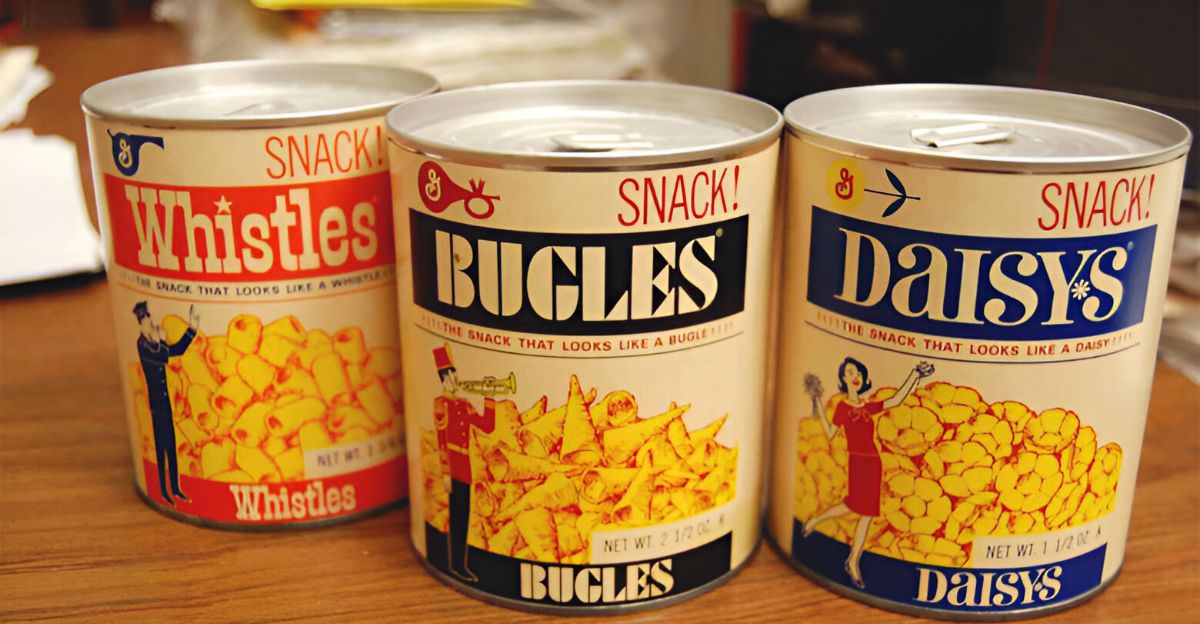
Some junk foods weren’t just unhealthy, they were full-blown nutritional catastrophes. But that didn’t stop people from loving them. These once-popular snacks and fast-food inventions were packed with sugar, salt, and saturated fat, disappearing for good.
Whether pulled for health concerns, poor sales, or changing food trends, here are 10 of the most memorable unhealthy junk foods that are no longer on the shelves.
1. McDonald’s McDLT (1984–1991)
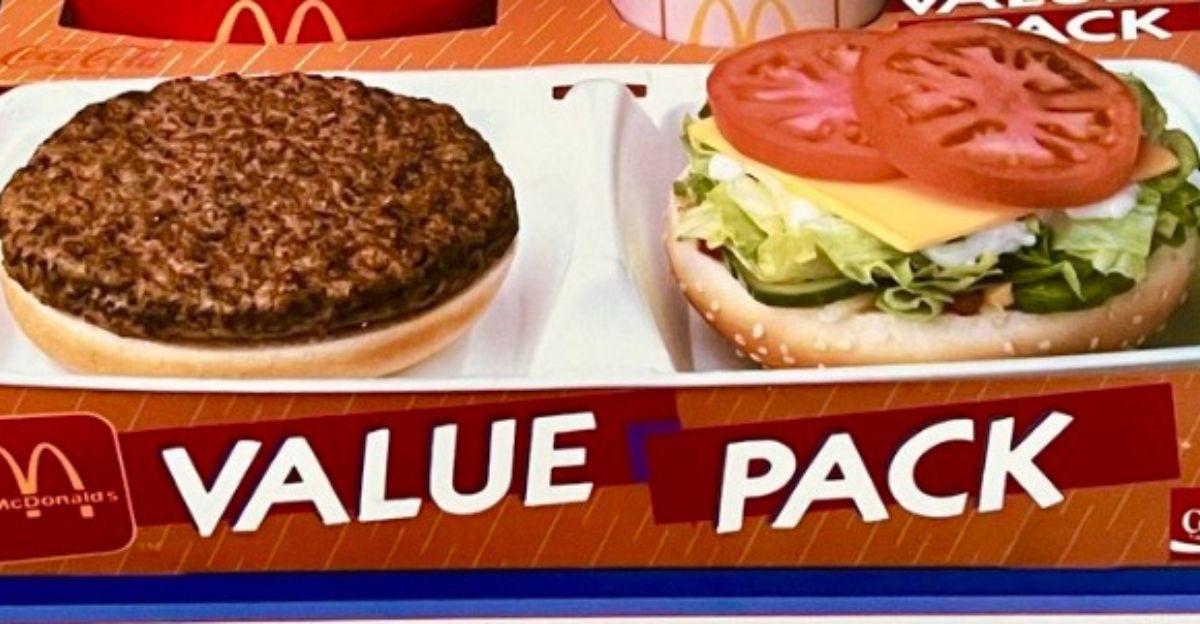
The McDLT was McDonald’s attempt at burger innovation in the 1980s. Served in a two-compartment Styrofoam container, the meat and bun were hot on one side and the lettuce, tomato, and top bun cool on the other. Customers assembled it themselves to preserve texture.
It wasn’t a bad idea, just one wrapped in an environmental problem. Styrofoam packaging faced increasing scrutiny, and by 1991, the McDLT was gone.
2. Pepsi Blue (2002–2004)
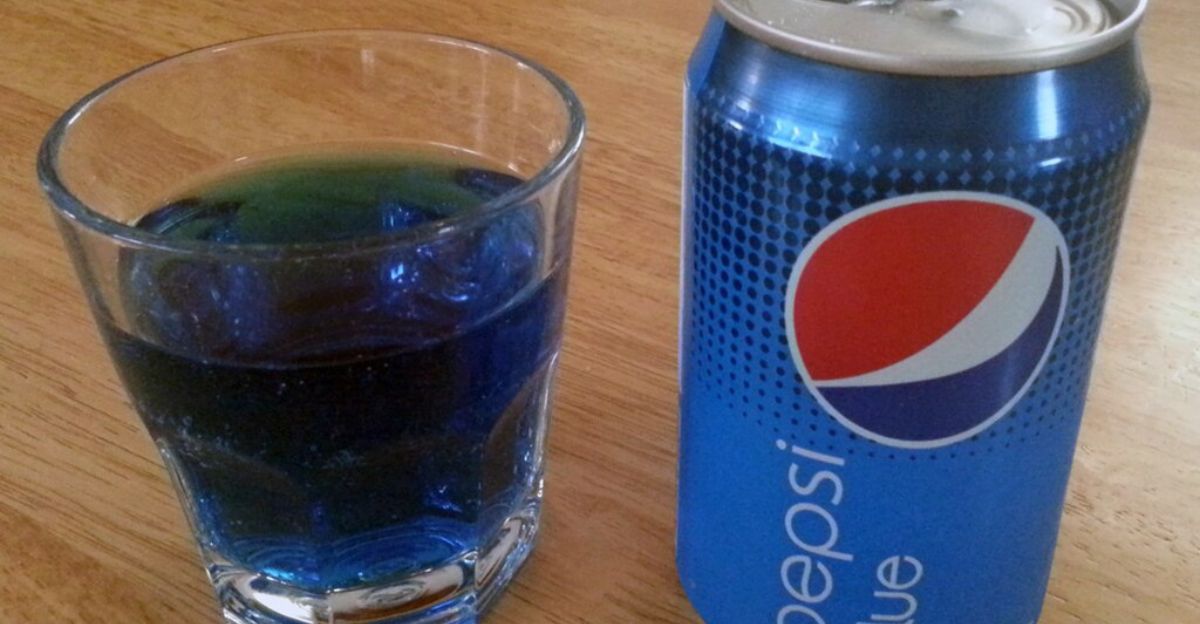
Pepsi Blue was a bright-blue, berry-flavored soda launched in the early 2000s to capture younger consumers. Its electric color and candy-like flavor made it stand out, though not always in a good way. Many people found it too sweet, and using Blue 1 dye raised concerns in some countries. Despite a big marketing push, sales didn’t hold.
3. Oreo O’s Cereal (1997–2007, U.S. only)
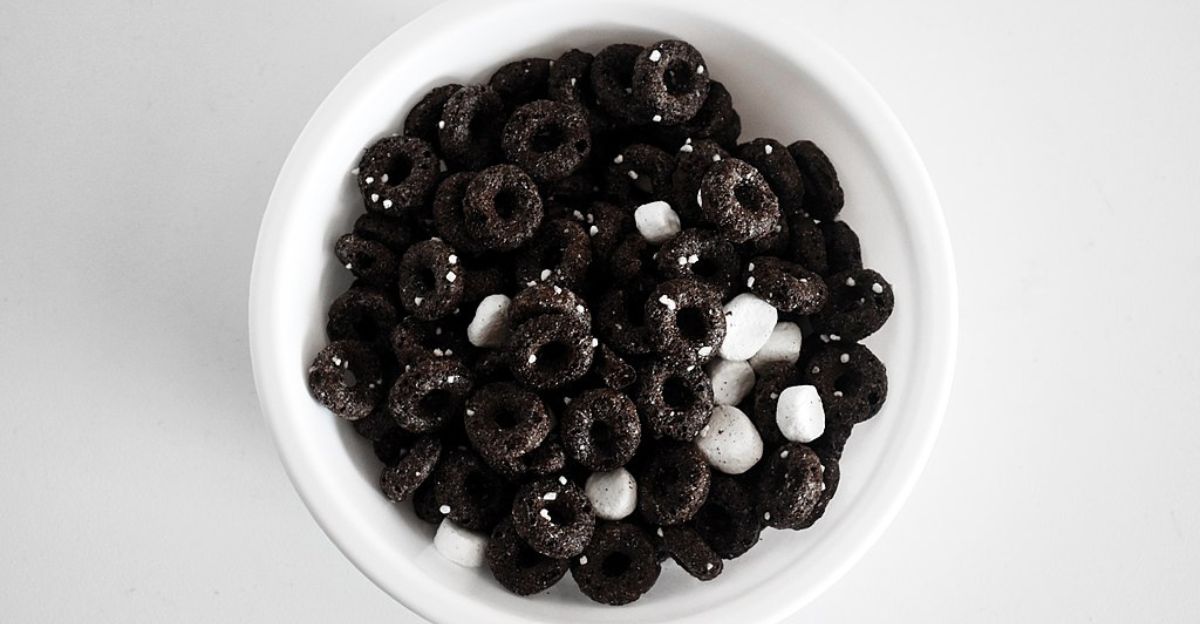
Oreo O’s was the breakfast version of a dessert, made of crunchy chocolate cereal rings that tasted like cookies. Kids loved it; parents weren’t so sure. Its sugar content was sky-high, and nutritionists raised concerns about marketing it as breakfast.
The cereal was discontinued in the U.S. in 2007 after the partnership between Post and Kraft ended, but oddly enough, it continued to be sold in South Korea for years due to a unique licensing loophole. That made it a rare snack worth hunting down online—if you were willing to import nostalgia.
4. Hostess Chocodiles (1980s–2014)
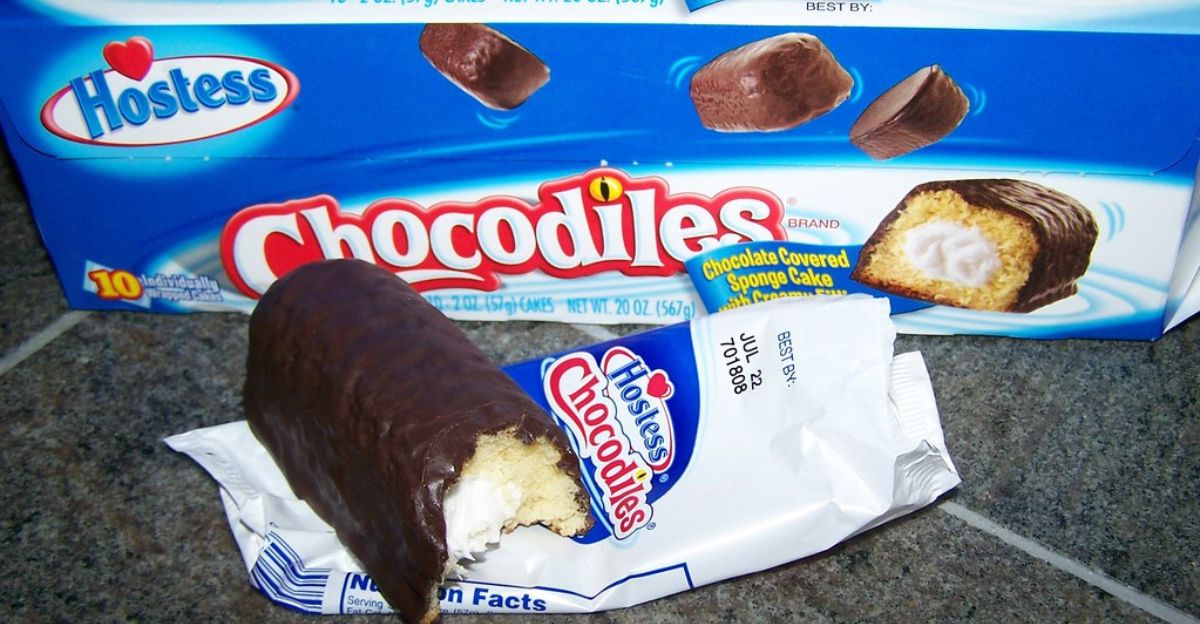
Chocodiles were chocolate-covered Twinkies, combining two sugar-heavy snacks into one. Although they had a niche following, they never achieved the mainstream fame of original Twinkies. The chocolate coating gave them a shorter shelf life, making wide distribution tricky.
Hostess quietly phased them out in the early 2000s, and after the company’s bankruptcy in 2012, Chocodiles were officially gone. A brief revival attempt in 2014 under a new name didn’t catch on. In the end, nostalgia couldn’t quite compete with practicality.
5. Pizza Hut Priazzo (1985–1993)
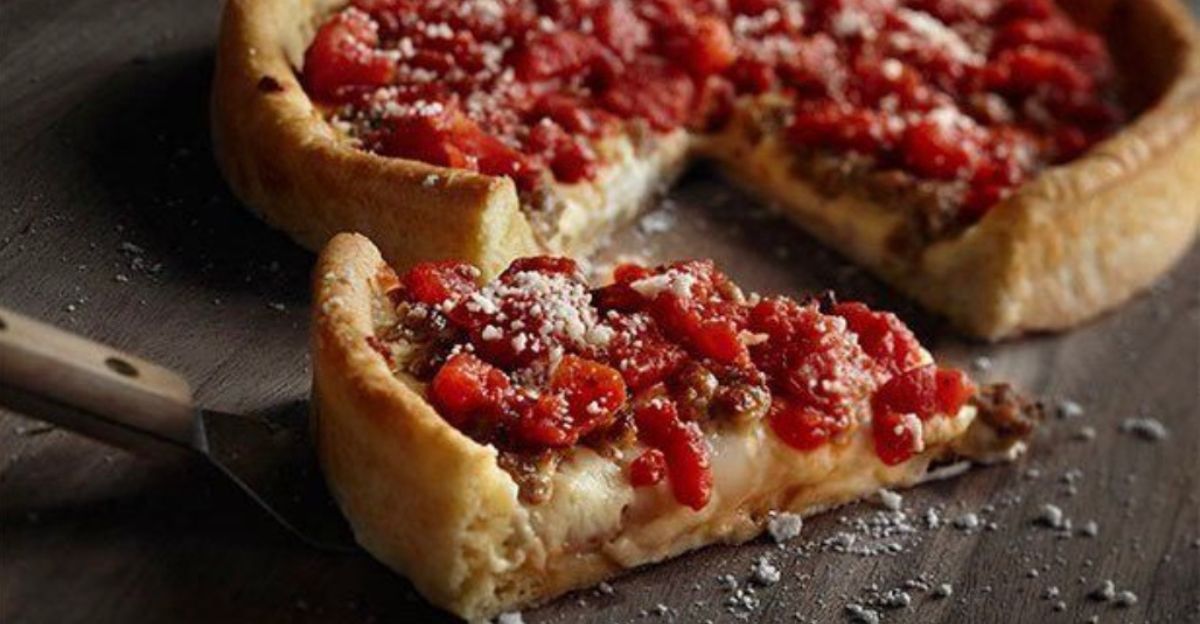
The Priazzo was Pizza Hut’s take on a deep-dish, layered pizza, a hybrid of pie and lasagna. With multiple layers of cheese, sauce, and meat, it could easily top 2,000 calories per serving. It was launched as a more indulgent, sit-down menu item and became a hit in the Midwest, where heavier meals often sell well.
It took too long to prepare, slowing down service in a fast-food model built on speed. By the early ’90s, Pizza Hut shelved it in favor of quicker, more efficient options.
6. Butterfinger BB’s (1992–2006)
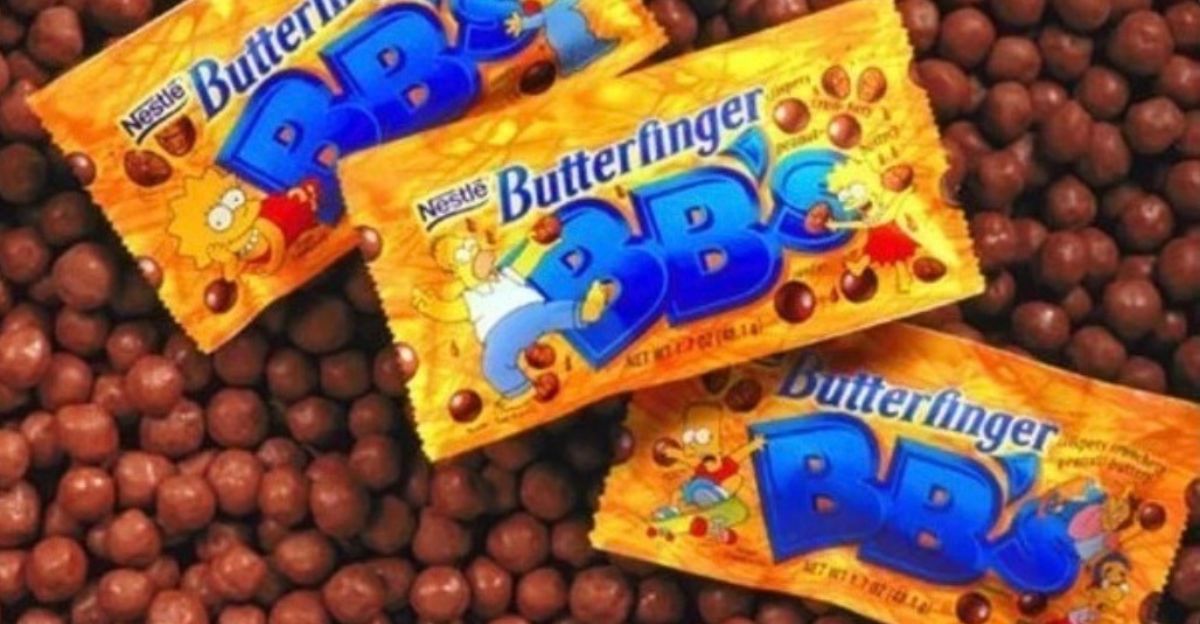
These bite-sized versions of Butterfinger bars were everywhere in the ’90s, mainly thanks to a marketing campaign featuring Bart Simpson. Kids loved the candy-coated balls, but there were problems: they melted too easily, stuck together in the packaging, and didn’t travel well.
As new candy trends took hold, BBs lost their appeal. Nestlé discontinued them in 2006 despite loyal fans. Later revival attempts in different formats failed to regain the same interest.
7. Dunkaroos (U.S. discontinuation: 2012–2020)
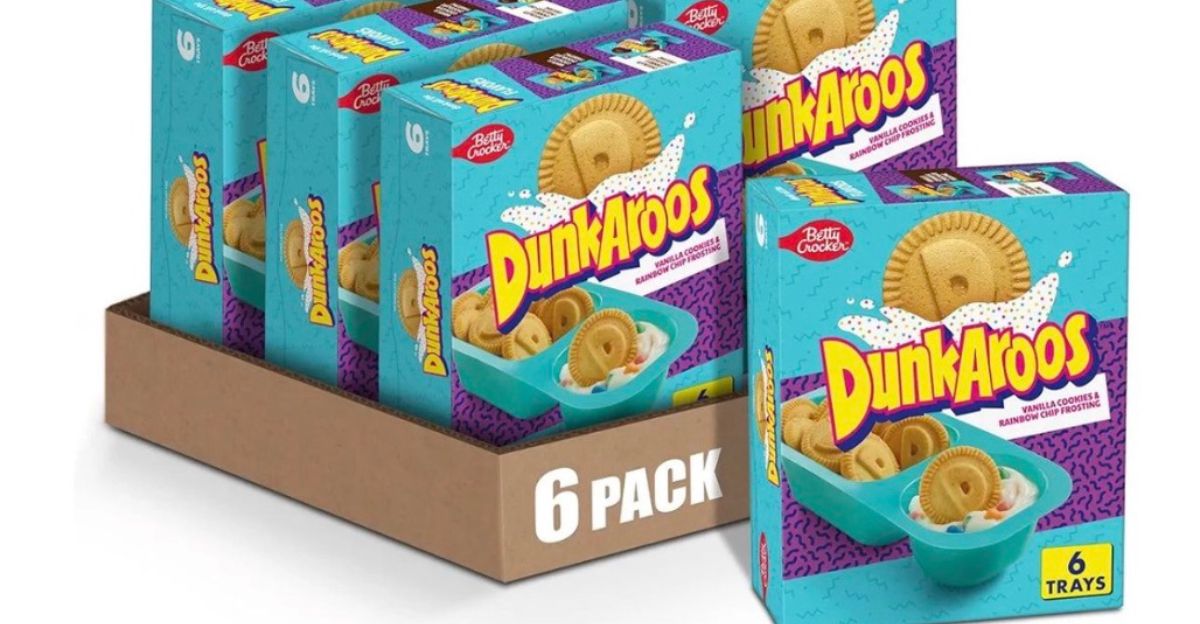
Dunkaroos were the lunchbox holy grail of the 1990s: mini cookies with sugary frosting for dipping. Sweet, messy, and highly addictive, they were everything a kid wanted and everything a parent dreaded. Health concerns and updated school nutrition guidelines eventually led to their discontinuation in the U.S. in 2012.
A successful social media campaign helped bring Dunkaroos back in 2020, though the current version is more of a specialty item than a lunchbox staple.
8. Burger King’s Enormous Omelet Sandwich (2005–2006)

This breakfast item was precisely what it sounds like: sausage, bacon, eggs, and cheese, all packed into a hoagie bun. It clocked in at over 700 calories and nearly half your recommended fat intake. Critics called it excessive, but that didn’t stop it from selling well in regions where hearty breakfasts are a norm.
It quickly became a symbol of fast food excesses. Faced with criticism from health experts and shifting consumer preferences, Burger King removed it from the main menu in less than a year.
9. Reese’s Swoops (2003–2006)
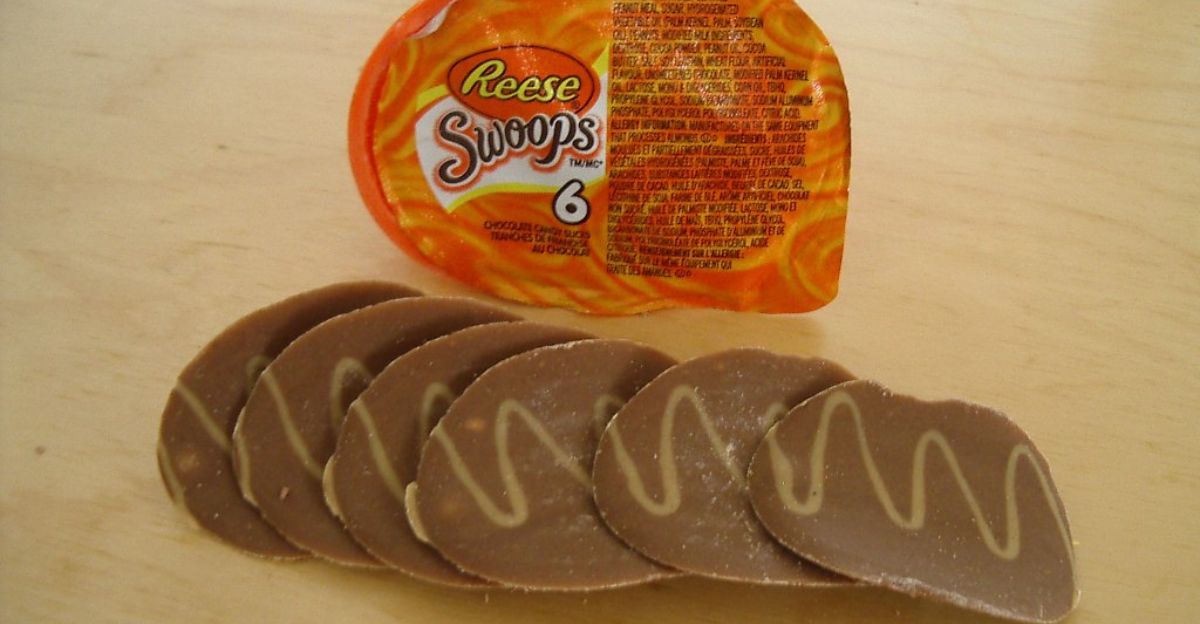
Reese’s Swoops were thin peanut butter and chocolate slices shaped like potato chips. The idea was novel—same flavor, new format—but they didn’t hold up well in real life. They melted quickly, broke easily, and came in oddly shaped containers that didn’t fit anywhere conveniently. Despite the popularity of Reese’s as a brand, Swoops never found a loyal audience.
10. 3D Doritos (1998–2004)

A puffed-up twist on the classic Dorito, 3D Doritos offered an airy crunch with familiar flavors like Jalapeño Cheddar and Nacho Cheese. They had a strong fanbase, particularly among teens and snack lovers looking for something different.
However, the novelty wore off, making their fragile structure difficult to store and ship. Sales declined steadily until they were discontinued in 2004. After years of online petitions and snack nostalgia, they returned in 2021, but fans still argue they’re not quite the same.
They Disappeared — But We’ll Never Forget Them
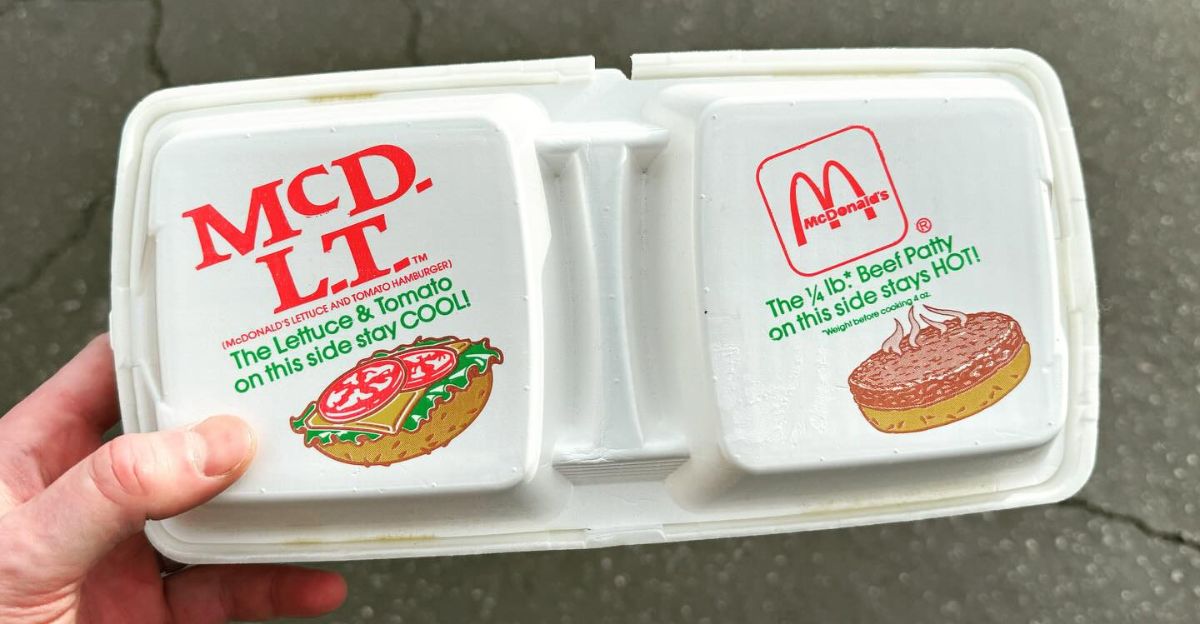
These junk foods weren’t built to last, but they gave us more than just a sugar rush. They were part of everyday moments, packed in lunchboxes, shared at sleepovers, or picked up on family road trips. While most faded due to changing health trends or shifting tastes, they’ve stuck around in memory, where the flavor always seems a little better than we remember.
